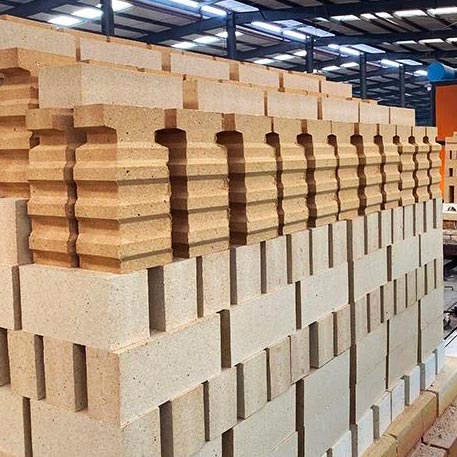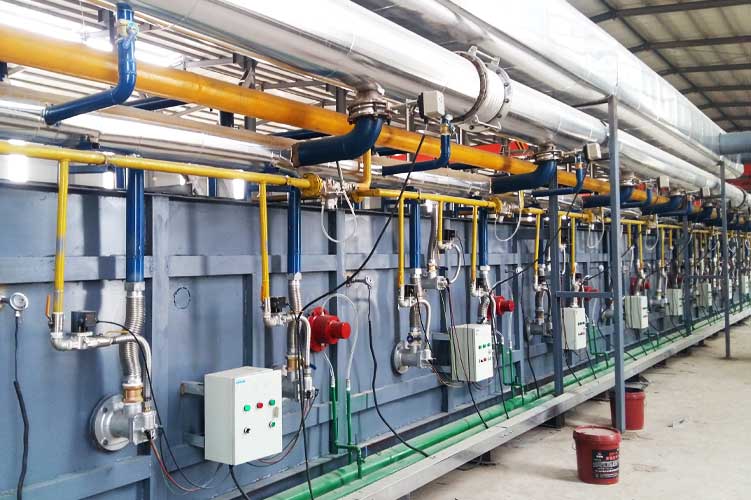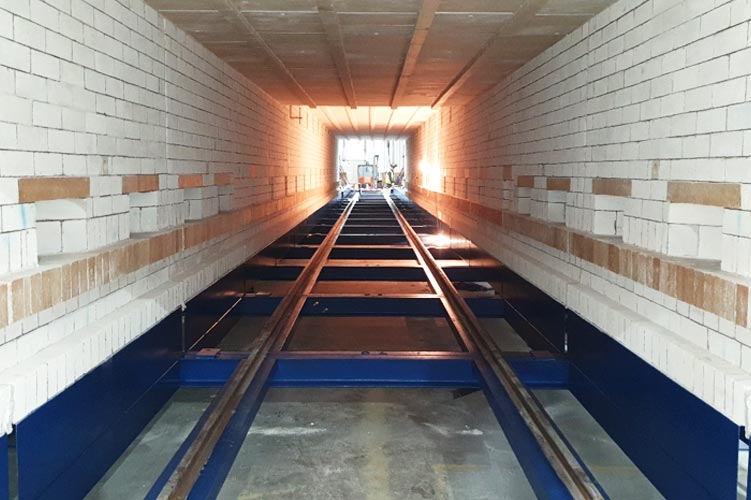Tunnel Kilns
A continuous, consistent, and energy-efficient kiln
It is called a “tunnel” kiln due to its long, tunnel-like structure that allows for the continuous firing of materials. The tunnel kiln consists of a refractory-lined tunnel or chamber that is heated by burners or electric heating elements. The chamber is divided into different zones, each with its own temperature control system. This allows for precise temperature control throughout the firing process.
The tunnel kiln operates in a continuous mode. Materials are loaded onto a conveyor belt or cars at one end of the kiln and are continuously transported through the tunnel while being heated. At the other end of the kiln, the fired materials are unloaded.
These tunnel kilns offer several advantages: The continuous nature of the tunnel kiln allows for a constant flow of materials through the firing process. The design of the tunnel kiln allows for efficient heat transfer, reducing energy consumption. The long and continuous firing chamber of the tunnel kiln ensures that all materials are exposed to the same temperature profile. Tunnel kilns are capable of handling large volumes of materials. The continuous operation of the tunnel kiln reduces the need for manual handling of materials, resulting in reduced labor requirements and increased productivity.
Tunnel kilns are commonly used in industries such as ceramics, bricks, tiles, and refractories. In the ceramic industry, tunnel kilns are used for firing various types of ceramics, including tableware, sanitaryware, and technical ceramics. In the brick industry, tunnel kilns are used for firing bricks and other clay-based products.
Applications:
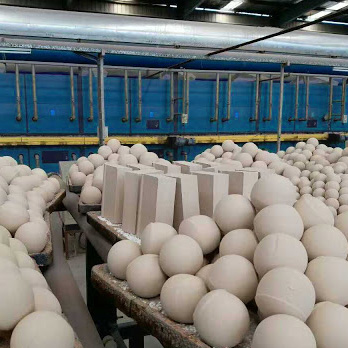
Ceramic Sintering
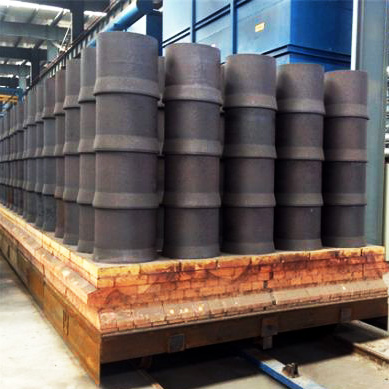
Iron Reduction
